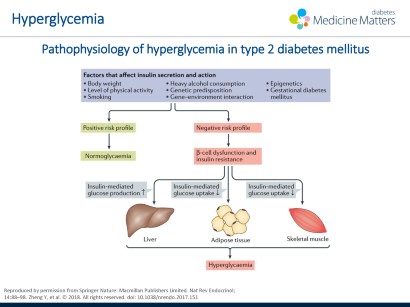What Is Diabetes Mellitus Type 2 With Hyperglycemia

Diabetes drastically lowers insulin s effects on your body.
What is diabetes mellitus type 2 with hyperglycemia. No matter where you are with type 2 diabetes there are some things you should know. This may be because your pancreas is unable to produce insulin type 1 diabetes or it may be because your body is resistant to the effects of insulin or doesn t produce enough insulin to maintain a normal glucose level type 2 diabetes. It affects people with both type 1 and type 2 diabetes. There are two main kinds fasting hyperglycemia and after meal hyperglycemia.
There are two main kinds. In type 2 diabetes not enough insulin is released into the bloodstream or the insulin can t be used properly. When blood glucose levels are high the kidneys excrete sugar in the. Answer hyperglycemia is when you have high blood sugar.
In type 2 diabetes adult onset diabetes the pancreas makes insulin but it either doesn t produce enough or the insulin doesn t work properly. High blood sugar or hyperglycemia is a major concern and can affect people with both type 1 and type 2 diabetes. This condition is most common in elderly people with type 2 diabetes. And while some people can control their blood sugar levels with healthy eating and exercise others may need medication or insulin to manage it.
Nine out of 10 people with diabetes have type 2. Type 2 diabetes mellitus with hyperglycemia and polyosteoarthritis type 1 diabetes is much less common than type 2 diabetes and. It may be accompanied by a trigger such as an illness. Too little sugar in the bloodstream hypoglycemia is usually a side effect of treatment with blood sugar lowering medication.
Diabetes is a metabolic disease with far reaching health effects. Type 2 diabetes is a chronic condition that affects the way your body metabolizes sugar glucose an important source of fuel for your body. Of type 1 diabetes may be fairly abrupt or can occur more gradually. Type 2 means that your body doesn t use insulin properly.
This type occurs most often in people who are over 40 years old but can occur even in childhood if there are risk factors present.

